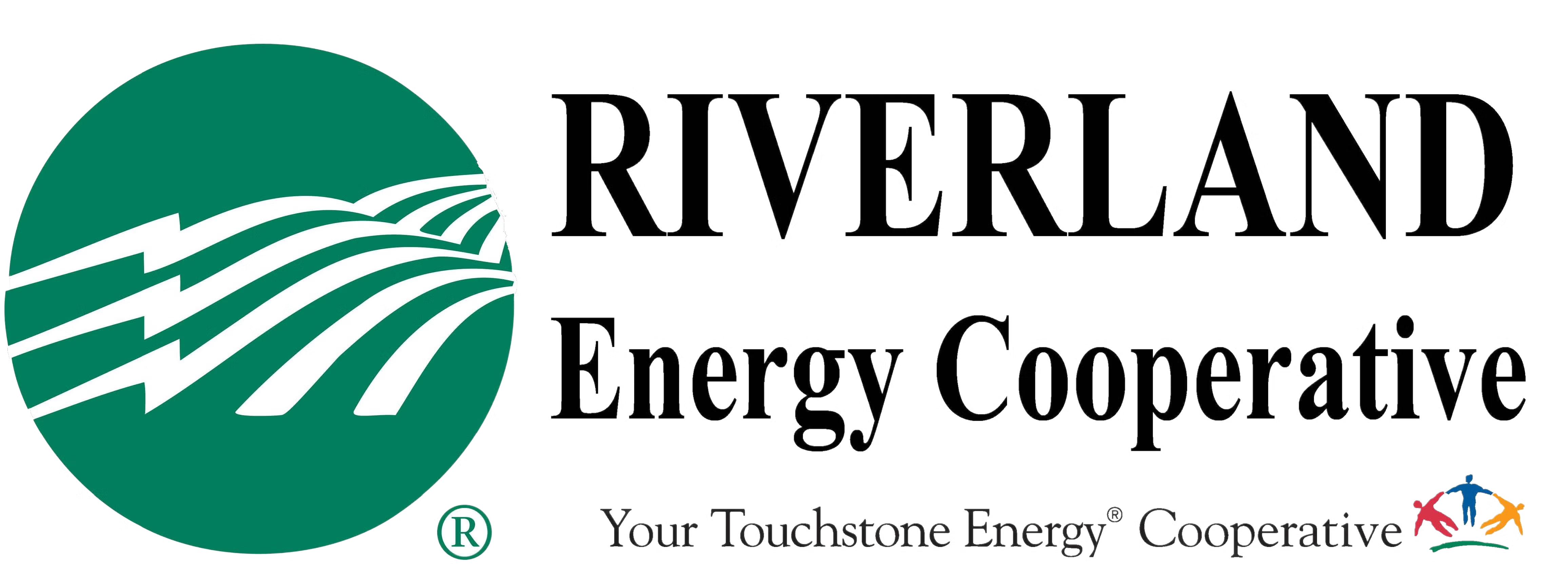Riverland Energy Cooperative was built by the communities we serve to deliver safe, reliable and affordable energy to our members. The co-op services 20,000 meters, with 3,474 miles of line through Buffalo, La Crosse, and Trempealeau counties, and portions of Pepin, Jackson, and Eau Claire counties.
Our History:
Buffalo Electric Cooperative
Buffalo Electric Co-op was a non-profit electric distribution cooperative incorporated in June 1937 and then reincorporated on January 30, 1937 under the direction of the Rural Electrification Act. Buffalo Electric energized its first power lines on March 14, 1938.
Trempealeau Electric Cooperative
Trempealeau Electric Cooperative was incorporated in the Spring of 1936 as Trempealeau County Rural Electric Cooperative. In February 1937, the board of directors met to reincorporate the cooperative as Trempealeau Electric Cooperative.
Riverland Energy Cooperative
In the late 1990's, the threat of deregulation swept the countryside. This prompted lengthy studies and discussions between the board of Trempealeau Electric and Buffalo Electric Cooperative on the virtue of a merger between the two.
On June 1, 1999, the merger became reality and Riverland Energy Cooperative was formed, comprised of Buffalo and Trempealeau Electric Cooperatives.


